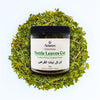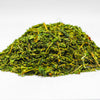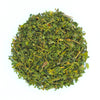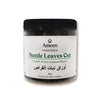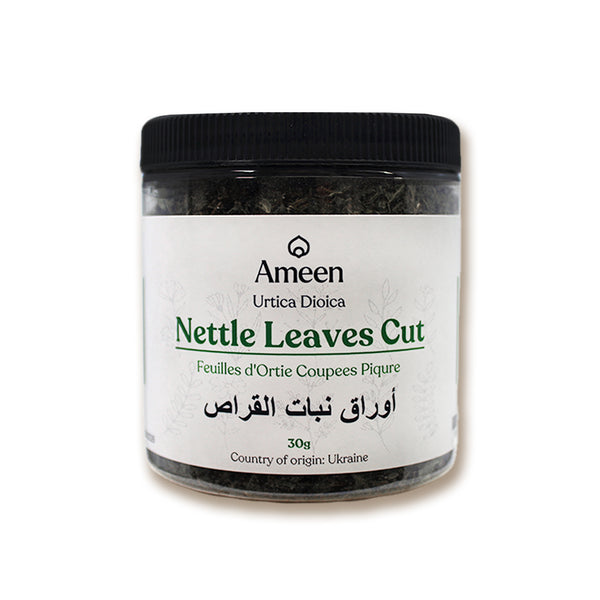Dried Nettle Leaves, derived from the vibrant stinging nettle plant, hold a prominent place in both culinary and herbal traditions worldwide. Known for their vibrant green color, herbaceous flavor, and remarkable versatility, these dried leaves provide a convenient way to enjoy nettle's seasonal benefits year-round. Whether enhancing recipes or supporting natural wellness routines, dried nettle leaves are a cherished ingredient with a rich legacy.
Culinary Applications: Earthy Depth and Nutritional Value
In the culinary world, dried nettle leaves add a unique flavor and visual appeal to a variety of dishes:
- Herbal Teas: Steeped to create a soothing, earthy infusion, perfect for relaxing or revitalizing moments.
- Soups and Stews: Adds a rich, green flavor and enhances the nutritional profile of hearty recipes.
- Bread and Pasta Doughs: Infuses a delightful green hue and subtle herbaceous notes, elevating everyday recipes.
Praised for their nutrient density, dried nettle leaves are a favorite among food enthusiasts seeking both flavor and nourishment.
Traditional Wellness: A Herb with a Rich Legacy
Dried nettle leaves are deeply rooted in traditional herbal practices, valued for their versatile uses in natural wellness:
- Daily Teas and Infusions: Incorporated into warm or cold drinks for their reputed wellness-supporting properties.
- Homemade Skincare: Infused into oils, tonics, or baths for a refreshing addition to natural beauty routines.
- Traditional Herbal Remedies: Historically linked to uses supporting skin, digestion, and overall vitality.
Their adaptability makes dried nettle leaves a staple for those who appreciate the fusion of tradition and practicality in wellness.
Botanical and Cultural Identity
- Botanical Name: Urtica dioica
- Common Names: Stinging Nettle, Common Nettle, Nettle Leaf, Nettleweed, Ortiga, Brennessel, Ortica, Nessel, Grande Ortie, Ortiga Mayor, Jiu Wang Ye, Gharbha, Chichicaste, Kopriva, Krapivnica, Nælde, Nõges, Pihlaja, Zhuldar, Shishka, Takip-kohol, Dara Hujan, Singoalaga

